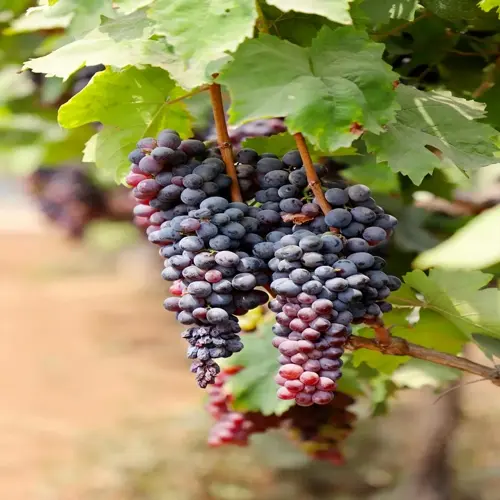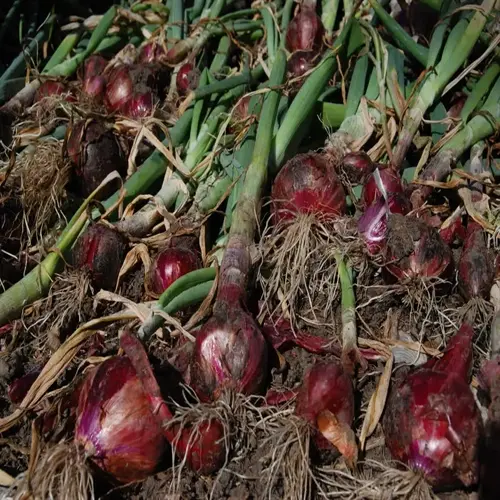How do I know when pears are ready to harvest?

Written by
Julia Anderson
Reviewed by
Prof. Martin Thorne, Ph.D.To ascertain exact pear ripeness requires command of three visual and tactile tests. I check these daily while the harvest window is open because the difference in ripeness can be as little as 48 hours. European types, such as Bartlett, require different treatment from the crisp Asian types. Timing mistakes can create irreversible texture issues.
Stem Detachment Test
- Gently lift and twist pears upward at 45-degree angle
- Ripe fruits release easily with intact stems
- Bosc pears require bypass pruners due to woody stems
Palm Pressure Check
- Press gently near stem end with thumb
- Perfect ripeness feels like a firm rubber ball
- Avoid squeezing body which causes bruising
Lenticel Spot Observation
- Monitor small pores on pear skin surface
- Color shifts from white to brown at maturity
- Combined with color change for accuracy
Color changes are very different based on pear types. European types transition from green to yellow-green, while Asian types transition to a golden yellow. But again, color should not be your only guide. I had my first experience with a bad harvest because I completely disregarded lenticel spots and a palm test. The temperature has a significant impact on the rate of ripening.
Harvesting in the morning protects fruit from sunburn and keeps our fruit crunchy. I harvest fruit before temperatures rise to 70°F with padded containers. European pears require on-site conditioning, whereas Asian pears are immediately placed in refrigeration. Handle fruit with care - bruising leads to very rapid decay.
Don't repeat the mistakes I made early on. Allowing European fruit to ripen for too long results in gritty stone cells. Picking the Asians' fruit too soon stops sugar from developing. Testing slow ripeness only once daily misses peak times. Using the right processes ensures you obtain excellent, juicy bites every time.
Read the full article: When to Harvest Pears: Complete Guide

